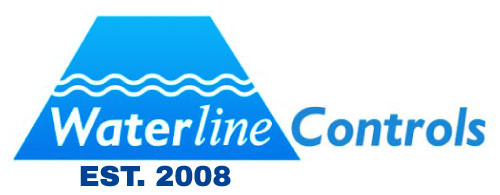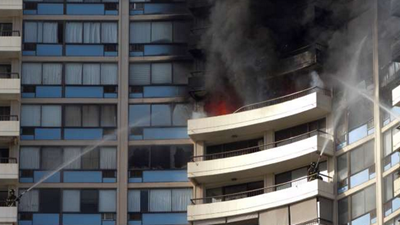Developing A Residential Fire Safety Plan
Developing a Residential Fire Safety Plan: Protecting What Matters Most
Being ready for a fire is one of the most important things you can do to keep your family safe. The last thing we want is to have a house fire. They can spread quickly and catch people off guard. The good news? You can keep your family safe, lower the risks, and know what to do in an emergency with a well-thought-out home fire safety plan.
We work at Waterline Controls to keep systems and property safe from water-related dangers, but fire safety is just as important for every home. Let’s go over how to make a fire safety plan for your family that works. Read on to learn more.
Why Every Home Needs a Fire Safety Plan
According to the U.S. Fire Administration, residential fires account for the majority of fire-related deaths each year. Most start in kitchens, but electrical systems, heating equipment, and even candles are frequent culprits. Without a plan, panic sets in, and precious seconds are lost.
A fire safety plan ensures:
-
Every household member knows what to do.
-
Escape routes are clear and practiced.
-
Fire risks in your home are identified and reduced.
-
Family members — especially children and seniors — feel more confident in an emergency.
Think of it as insurance for peace of mind.
Step 1: Identify Fire Risks in Your Home
First, go through each room in your house. Look for possible dangers such as:
-
Overloaded power strips or outlets
-
Space heaters too close to curtains or furniture
-
Candles left unattended
-
Old or frayed electrical cords
-
Grease buildup in the kitchen
Since Arizona has hot summers that make AC systems work hard, this is another place that should be checked often. Electrical and fire risks can be cut down with preventative upkeep.
Step 2: Install and Maintain Fire Safety Equipment
The first thing that will protect you are smoke alerts. Set one up in every bedroom, outside of all the places you sleep, and on every floor of your house. Every month, test them, and every year, change the batteries.
Other essentials:
-
Fire extinguishers — Keep one in the kitchen, garage, and near bedrooms. Make sure everyone knows how to use them.
-
Escape ladders — For two-story homes, store collapsible ladders in upstairs bedrooms.
-
Carbon monoxide detectors — Especially important if you use gas appliances.
Regular maintenance of water-based systems like sprinklers or backup water supplies can make a huge difference. That’s where companies like Waterline Controls come in — ensuring reliable monitoring and prevention systems are always working when you need them most.
Step 3: Create and Practice Escape Routes
Without mapped escape paths, a fire safety plan is incomplete. Make a simple map of your house, making sure that every room has two ways out if you can. Choose a safe place to meet outside, like a neighbor’s driveway or the mailbox.
Fire drills should be held twice a year to keep everyone sharp. For kids in the family, make the drill fun and educational so they will remember what to do when things get tough.
Step 4: Establish Emergency Contacts
Make sure that everyone in your family knows how to call 911 and what to say. You can put emergency numbers on the fridge or next to the phone. If you live in a HOA or apartment complex in Phoenix or Scottsdale, you should also know what to do in an emergency and who to call.
Step 5: Review and Update Regularly
When your kids get bigger, family members move in, or you do improvements, your floor plan may change. Every year, look over your fire safety plan and make any necessary changes. If you’ve added new tools, updated your HVAC or electrical systems, or updated your electrical systems, check for new risks.
Bringing It All Together
A residential fire safety plan isn’t about fear — it’s about preparedness. By identifying risks, maintaining safety equipment, practicing escape routes, and keeping the plan updated, you give your family the best chance of staying safe if the unexpected happens.
Let’s Get Prepared!
At Waterline Control, we understand how vital it is to have reliable systems that protect both property and people. Just like our electronic water level controls keep cooling towers, boilers, and tanks safe from failure, your fire safety plan safeguards what matters most — your family.
👉 Visit waterlinecontrols.com today to learn how dependable water monitoring and control systems can be part of your overall home safety strategy. Protect your home, protect your family, and prepare for tomorrow with Waterline Controls™.
Keywords
-
residential fire safety plan
-
home fire prevention tips Arizona
-
Phoenix home fire safety
-
family fire escape plan
-
fire drills for kids at home
-
smoke alarm installation Phoenix
-
fire safety checklist for homeowners
-
emergency fire plan Arizona homes
-
Waterline Controls™ safety solutions
-
reliable home protection systems

